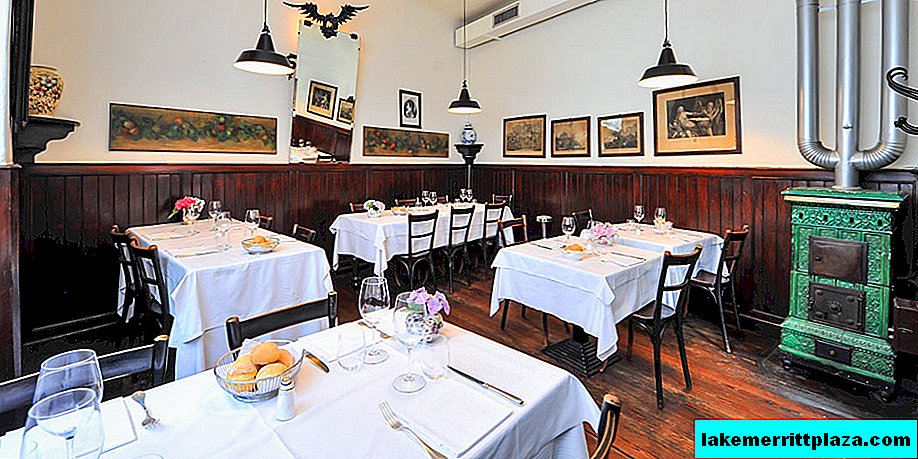Unknowns stole an ancient fresco from the city-museum of Pompeii, thereby violating the integrity of the architectural monument included in the UNESCO World Heritage List.
The guard of the Pompeii complex made his daily tour when he discovered "the absence of a mural in the House of Neptune", which depicted the ancient Greek goddess of fertility Artemis. The police immediately launched an investigation into the theft of a 20-centimeter relic, previously located in a very prominent place accessible to visitors. The loss of the fresco of Artemis became known on March 7, but the leaders of the complex reported this only on Tuesday. At the site of the stolen work of art, a part of the wall remained visible, next to which another heroine of myths of Ancient Greece is depicted. The news of the missing fresco from Pompeii caused a storm of indignation in Italy. Many residents called the incident "A shame for the country", and also expressed doubts about the competence of the new head of the complex, appointed to his post relatively recently.

In 2003, a similar story occurred in the cultural and historical complex of Pompeii. Then the thieves stole frescoes depicting the God of Cupid, dated to the 1st century BC. Local police suggested that some collector who knew the true value of the object of art could decide on such a crime.
Unfortunately, during the theft, the frescoes were significantly damaged, as evidenced by the fragments found on the ground. It is worth noting that the relic was kept in the House of Chaste Lovers, closed to the public. Historians have previously stated that it was this unknown mural that the unknown artist painted directly during the eruption of Mount Vesuvius, which buried the whole town. Fortunately, a week after the disappearance of the images, the local police managed to find thieves and return everything to their places.
In January of this year, Italy was shocked to find out that one of the relics from Pompeii was placed on the eBay online auction.
Brick, allegedly part of one of the walls of a town buried under lava in '79, was put up for sale on the Internet for a ridiculous price of $ 99.
The description of the “product” attracted a lot of attention from users of the worldwide network, and also interested the police. A user under the nickname Zmdubois, who was trying to sell a piece of World Heritage, claimed that the brick was really from Pompeii and was inherited from his mother in 1958.

“My parents traveled a lot, and when they were in Pompeii, she simply could not leave without capturing a brick,” the unfortunate seller explained on the eBay website, adding that his mother always signed her unusual purchases from historical places . Needless to say, the young man, placing a similar announcement on the Internet, did not realize that the storage and sale of archaeological relics, especially from the monument city of Pompeii, is a serious crime?








